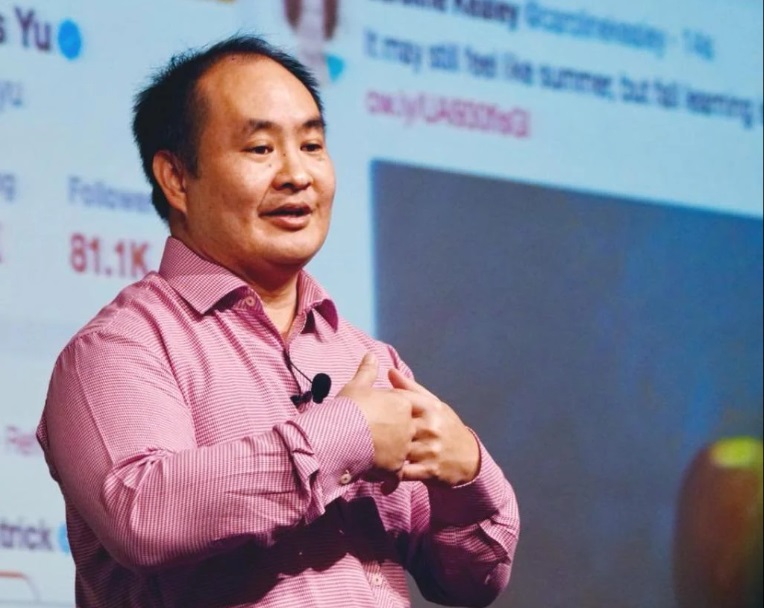See below as an example, whether your post or someone else’s.
Here’s what I found surprising about LinkedIn.
We know our typical engagement rate on Facebook is 2-3%, so getting 1% on LinkedIn either means people don’t expect to engage as much in this context (you’d not talk loudly at a funeral versus at a party).
And LinkedIn’s algo isn’t as sophisticated yet in determining reach– chicken and egg problem, since there it’s easy to reach pretty much everyone on LinkedIn, as there aren’t many posts competing.
When you have a “hot” post or a “dead” post, the 100X rule of thumb breaks at either extreme. My latest 2 million impression post had 8,000 likes, which would imply 800,000 impressions.
But the impression-to-likes ratio on hot posts is higher since there are more people to progressively get notified when people comment (especially) versus like.
Were it not for LinkedIn showing notifications on each person engaging (much like Instagram does), your impressions wouldn’t be as high.
That said, I believe (but can’t verify) that frequency is way higher on viral posts. Meaning that the reach-to-engagement ratio on posts is likely flat, but that the same group of people are seeing the same posts over and over.
Thus, this isn’t an algorithmic issue for LinkedIn, but one of the early days of just not enough people posting relative to available inventory and LinkedIn notifications being “noisy”.
If you agree with this logic, you’ll jump on this bandwagon and do the “hero story” posts to grow your personal brand and your company’s exposure.
Follow Logan Young on LinkedIn to see how he’s been able to hit some home runs with purely organic LinkedIn posts (no boosting possible yet), despite having only 500 connections as of a couple of months ago.
And see if your connection requests also increase from 1 to 20. In other words, for every 20 likes on your posts, you’ll get one connection request. I get 140 new connection requests a day since I generate about 700 likes per day on my posts.
